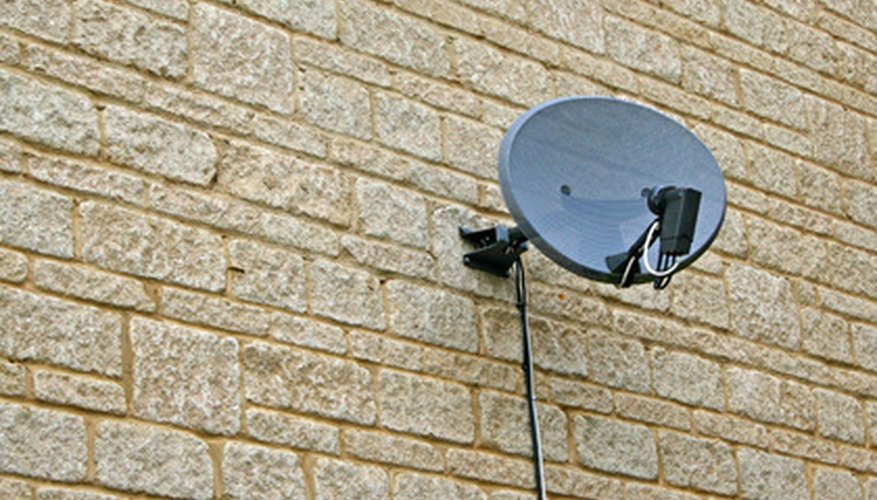You can't connect a satellite dish to two receivers simply by using a splitter box. The problem is that the receiver sends a signal to control which band and polarity the pick up head (called an L.N.B. for low noise block) in front of the dish tunes in to and sends down the cable to the receiver. If you connect two receivers to the same dish, the two control signals will conflict. The way round this is either to use an L.N.B. with two or more independent outputs, or to use a blocker to eliminate the conflict. The disadvantage of the second method is that the channels you can watch on the second receiver depend on which one the main receiver is tuned to.
- You can't connect a satellite dish to two receivers simply by using a splitter box.
- The problem is that the receiver sends a signal to control which band and polarity the pick up head (called an L.N.B.
- for low noise block) in front of the dish tunes in to and sends down the cable to the receiver.
Replace the L.N.B. on your dish with one that has either two or four independent outputs.
Connect a satellite grade coaxial cable to one of the free outputs on the L.N.B. Use fusion tape or a moulded rubber cover to protect the connection from the weather.
- Replace the L.N.B.
- on your dish with one that has either two or four independent outputs.
- Connect a satellite grade coaxial cable to one of the free outputs on the L.N.B.
- Use fusion tape or a moulded rubber cover to protect the connection from the weather.
Install the cable all the way to the room where the second receiver is located and connect it to the receiver and connect to the receiver.
Disconnect the cable from your main receiver. Connect it to a splitter box with power block to one of its outputs.
Connect a cable to the main output of the splitter box and connect it to the dish input on your main satellite receiver. Connect a second cable to the power blocked output of the splitter and connect it to the secondary receiver.
Alternatively, if your main receiver has a "loop through" connector on the back, you can use this instead of the splitter. Just run a cable from the loop through to your second receiver.
TIP
The second method has the advantage that you do not need to access the satellite dish, which may be difficult to reach.
WARNING
The disadvantage of the second method is that the main receiver must be kept switched on to power the L.N.B. so that the second receiver can work. In addition, the channel you watch on the second receiver must use the same polarity and frequency band as the channel the main receiver is tuned to. Be careful that the L.N.B. you buy is compatible with your particular dish.
